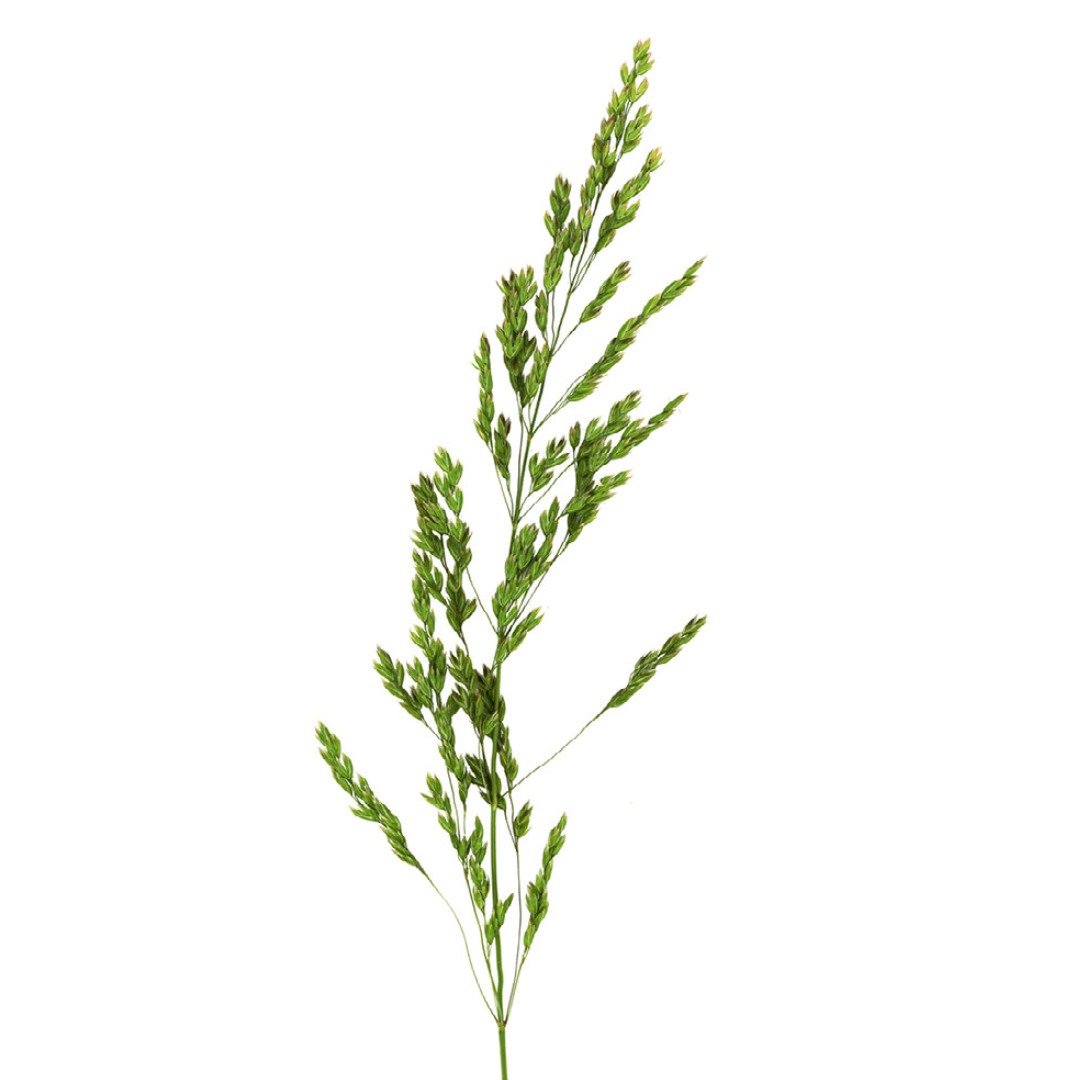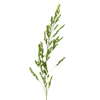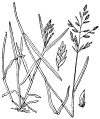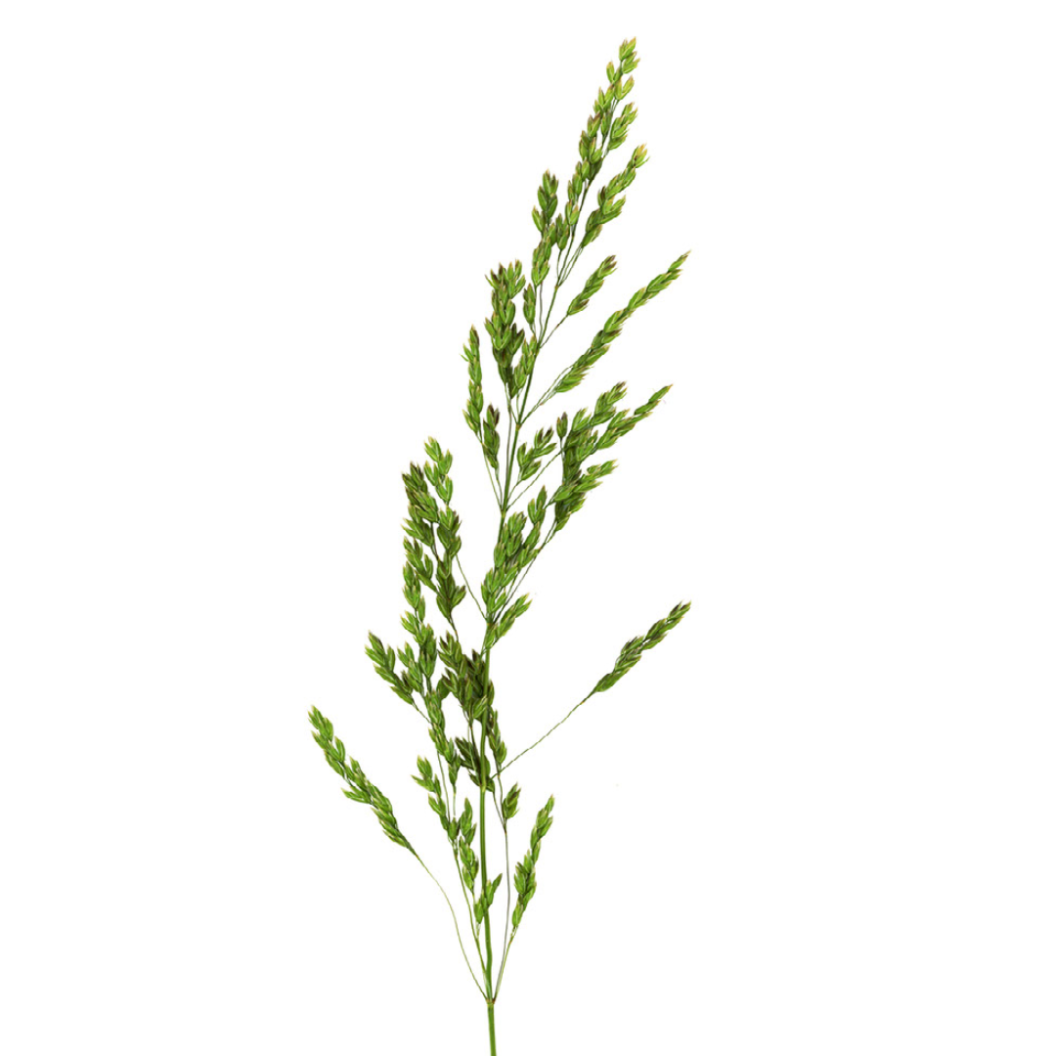




Annual Bluegrass
DESCRIPTION: Annual Bluegrass is a type of grass with long, narrow leaves that are typically bright green and smooth or slightly rough to the touch. It produces small, inconspicuous flowers in late spring or early summer, and the flowers are wind-pollinated. After flowering, it produces small seeds that can be dispersed by wind, water, or animals. It is a common grass that can be found in lawns, golf courses, and other areas with well-watered soil. Poa Annua can be considered a weed in some situations because it can quickly invade and take over areas where other grasses are growing.
SCIENTIFIC NAME: Poa annua
OTHER NAMES: Lowgrass, Carpetgrass, Flatgrass, Wintergrass
LEAF TYPE: Grassy
FLOWERS: Inconspicuous yellow flowers that form in a cluster that is wind pollinated.
LEAVES: Long narrow blades with pointed tips.
LIFE CYCLE: Annual
HOW TO IDENTIFY: Poa Annua tends to grow taller and brighter than everything else around it in the spring time. In most lawns it will stick out because it will turn green and go to seed before the rest of the lawn has come out of dormancy. Look for large clumps rather than individual blades. Poa will aslo go to seed relatively quickly (often before the rest of your lawn greens up).
MECHANICAL CONTROL RECOMMENDATIONS:
1. Hand pulling - More Info
2. Mowing - More Info
3. Thatch removal - More Info
4. Aeration - More Info
5. Overseeding - More Info
6. Hand cultivation tools - More Info
7. Lawn renovation - More Info
8. Using weed barriers - More Info
It's essential to remember that mechanical control alone may not entirely eliminate Poa annua, especially in areas where the grass is actively managed, like golf courses and sports fields. Combining mechanical methods with chemical control and cultural practices can offer more effective long-term management. Always follow best practices and local regulations when using herbicides or pesticides. For large-scale control efforts, it's a good idea to consult with a professional turfgrass manager or horticulturist.
CHEMISTRY RECOMMENDATIONS:
Pre-emergent herbicides:
Pendimethalin,
Dithiopyr,
Prodiamine
Post-emergent herbicides:
Ethofumesate,
Pronamide,
Flumioxazin,
Glyphosate (Non-selective herbicide, use with caution to avoid damaging desirable plants)
Selective herbicides:
Metolachlor,
Mesotrione,
Sulfosulfuron,
Sethoxydim,
Herbicide Combinations
Herbicide Mixtures,
Spot Treatment,
Recommended Prevention
Negate 37WG (1.5 oz) DetailsNegate 37WG is a unique dual powered post-emergent Sulfonylurea herbicide for weed control ... Recommended Control


